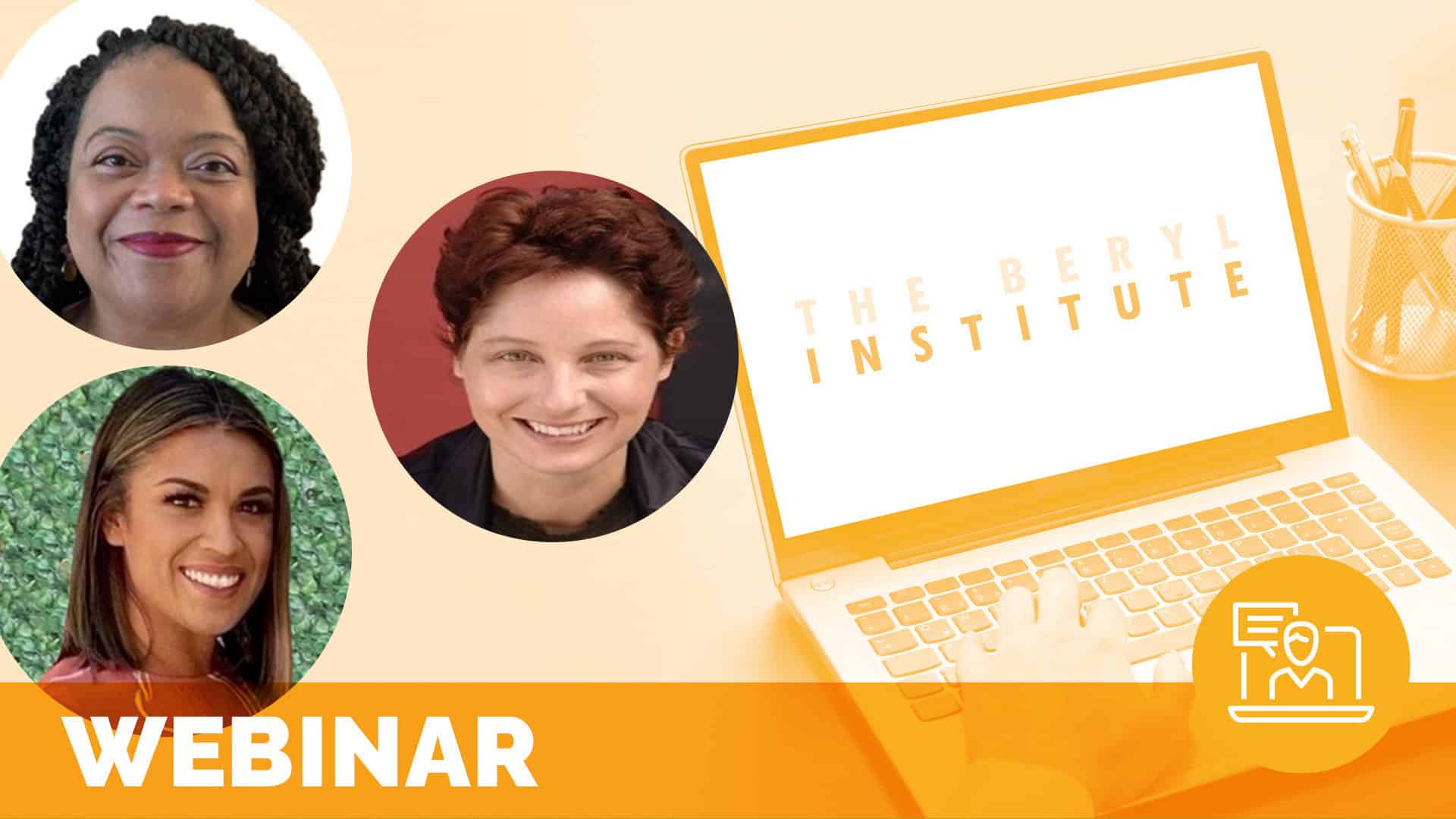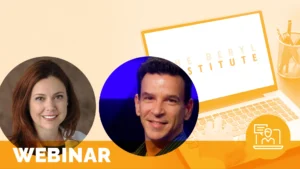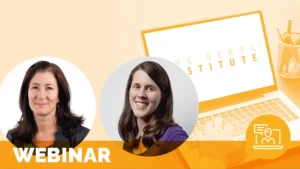The JEDI (Justice, Equity, Diversity, & Inclusion) Volunteer Workforce

Individuals want to interact with people who look like they do, and while many organizations have recognized the importance of diversity within their hired staff, the traditional volunteers in some organizations may not reflect the demographics of the patient population. Join us for an open discussion on creating a JEDI volunteer workforce. Discover how to increase the diversity of your volunteer workforce and ensure that volunteers feel welcomed and have a sense of belongingness in both your programs and the organization.
Andrea Kennedy-Tull, MSBM, CPXP | Director, Patient Experience & Operations, Harris Health System
Dana Litwin, CVA | President, Dana Litwin Consulting, LLC
Karina Vargas, Solutions Architect, VSys One
Non-members can purchase webinars at a cost of $49 each.
Related content
-
 Culture & Leadership | Infrastructure & Governance | Innovation & Technology
Culture & Leadership | Infrastructure & Governance | Innovation & TechnologyED Processes & Improvements: Implementation Best Practices & Outcomes
In this webinar, an Associate Chief Experience Officer, a Program Director, an Analyst, and a consultant will present what they did to improve patient experience outcomes across seven hospitals’ emergency departments which resulted in improved HCAHPS scores in all seven hospitals. The strategic, systemwide process improvements are based on analyses provided through Epic tools and
Learn more -
 Patient Family & Community Engagement | Quality & Clinical Excellence
Patient Family & Community Engagement | Quality & Clinical ExcellenceCompassion Rounds: Connecting with Patients and Families Beyond a Diagnosis
2pm ET / 1pm CT / 12pm MT / 11am PT – During a hospitalization, medical rounds address the patient’s physical needs but often fall short of addressing emotional and spiritual needs. Compassion rounds is an innovative program that focuses on a patient’s mind, body and spirit. It assists families in finding hope, strength, and
Learn more -
 Patient Family & Community Engagement | Quality & Clinical Excellence
Patient Family & Community Engagement | Quality & Clinical ExcellenceWhat Healthcare Providers Need to Know About Newcomer Health Equity
2pm ET / 1pm CT / 12pm MT / 11am PT – Newcomers are a vital yet often misunderstood segment of the population that healthcare providers serve. This webinar explores the landscape of newcomer health equity in Canada and the United States, offering valuable insights into the challenges faced by this vulnerable group. Attendees will
Learn more
